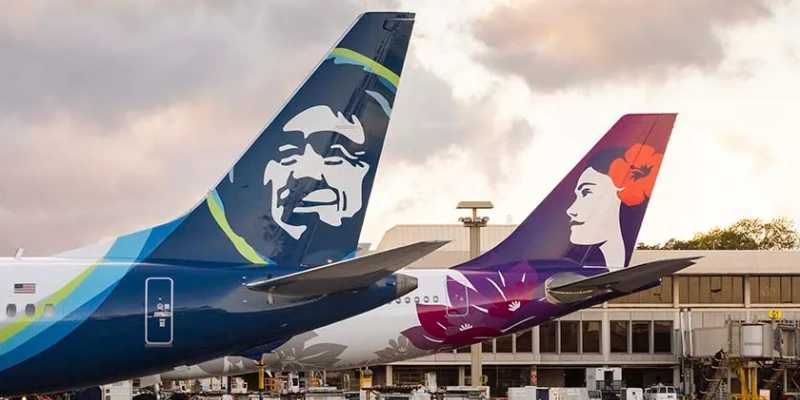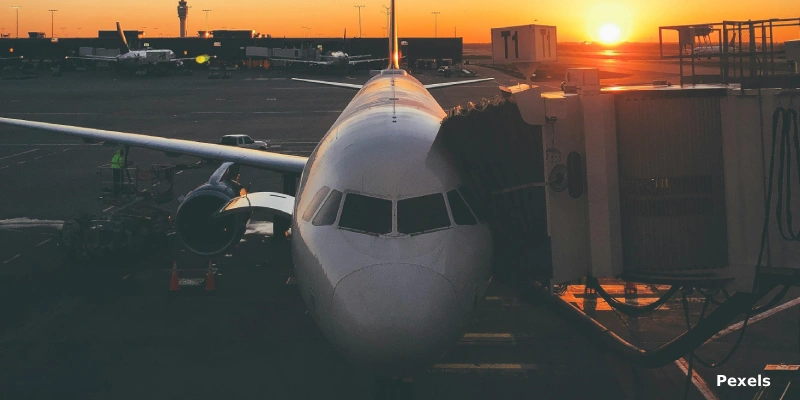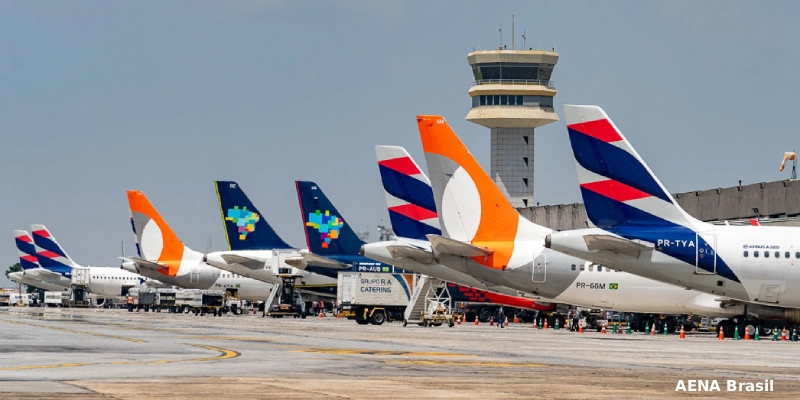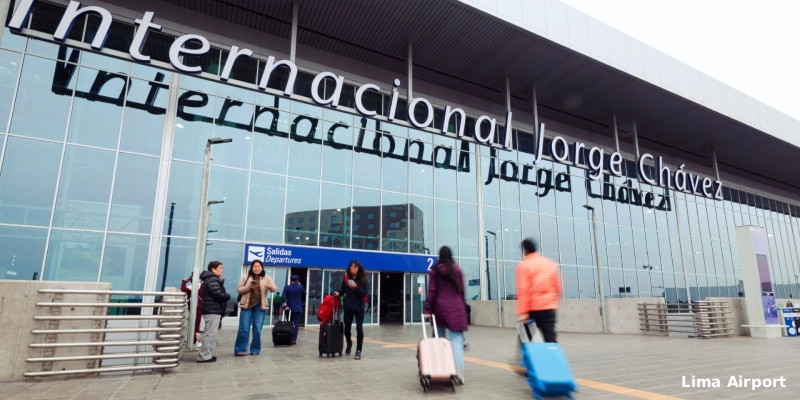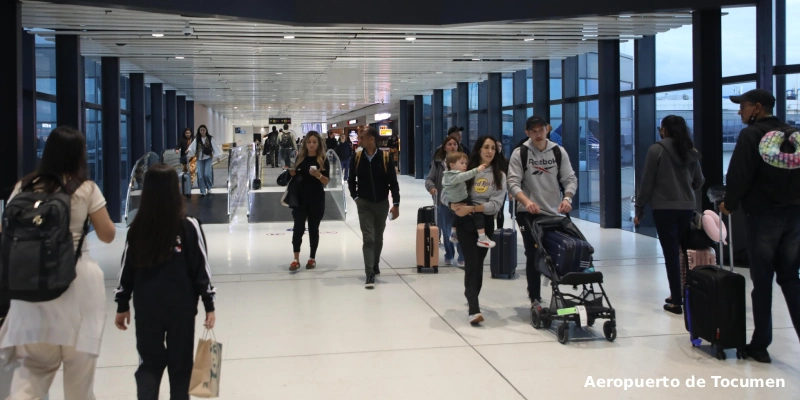Alaska Airlines and Hawaiian Airlines have taken a significant step toward greater operational efficiency and passenger convenience. Both airlines are aligning their operations at strategic U.S. airports as part of a joint initiative aimed at delivering a smoother and more connected travel experience.
According to Celley Buchanan, Vice President of Operations and Customer Service at Alaska Airlines, this effort underscores both companies’ commitment to passenger convenience: “We are dedicated to enhancing passenger comfort as the foundation for future collaborations that will benefit all our customers.”
Integration at LAX and JFK: Streamlined Access and Optimized Connectivity
At Los Angeles International Airport (LAX), Hawaiian Airlines has moved its operations to Terminal 6, joining Alaska Airlines. This decision enables faster connections between check-in counters, boarding gates, and baggage claim areas.
A similar transition is underway at New York’s John F. Kennedy International Airport (JFK). Hawaiian has begun operating from Terminal 8, completing its move from Terminal 4. This shared location improves access to connections with oneworld alliance partners, such as American Airlines and British Airways. By October, both airlines will be fully consolidated in Terminal 8, once Alaska completes its relocation from Terminal 7.
→ Alaska Airlines Strengthens Its Presence in San Diego with New Routes and Increased Flights
Premium Experience for First-Class Passengers
Thanks to the partnership with American Airlines, First-Class passengers from both airlines can access the Admirals Club in JFK’s Terminal 8. Additionally, travelers in Hawaiian Airlines’ premium cabin gain access to the exclusive Greenwich Flagship Lounge, elevating comfort during their wait.
Expanding the Model to Other Airports
This co-location strategy began last year at the renovated Harvey Milk Terminal at San Francisco International Airport and continued at Phoenix Sky Harbor International Airport.
Beyond the changes already implemented in Los Angeles, JFK, Phoenix, and San Francisco, the plan includes additional integrations in Sacramento, Salt Lake City, and Las Vegas, which will be completed by year-end.
Beyond Logistics: A Passenger-Centric Vision
This joint effort is not just about operational needs. It reflects a shared vision by both airlines to improve connectivity, streamline airport processes, and enhance the travel experience. The growing network of shared spaces eliminates unnecessary steps for travelers and marks a significant evolution in how two airlines can collaborate strategically to deliver real value to customers.
Related Topics
Most Punctual Airlines and Airports in 2025, Cirium’s Report Says
Congonhas Airport in São Paulo Receives Approval to Operate International Flights
ALTA Warns that Transfer TUUA Puts Peru’s Air Connectivity at Risk
Panama: Tocumen Airport Surpasses 19 Million Passengers by November, Cementing Its Regional Leadership in 2025

Plataforma Informativa de Aviación Comercial con 13 años de trayectoria.
